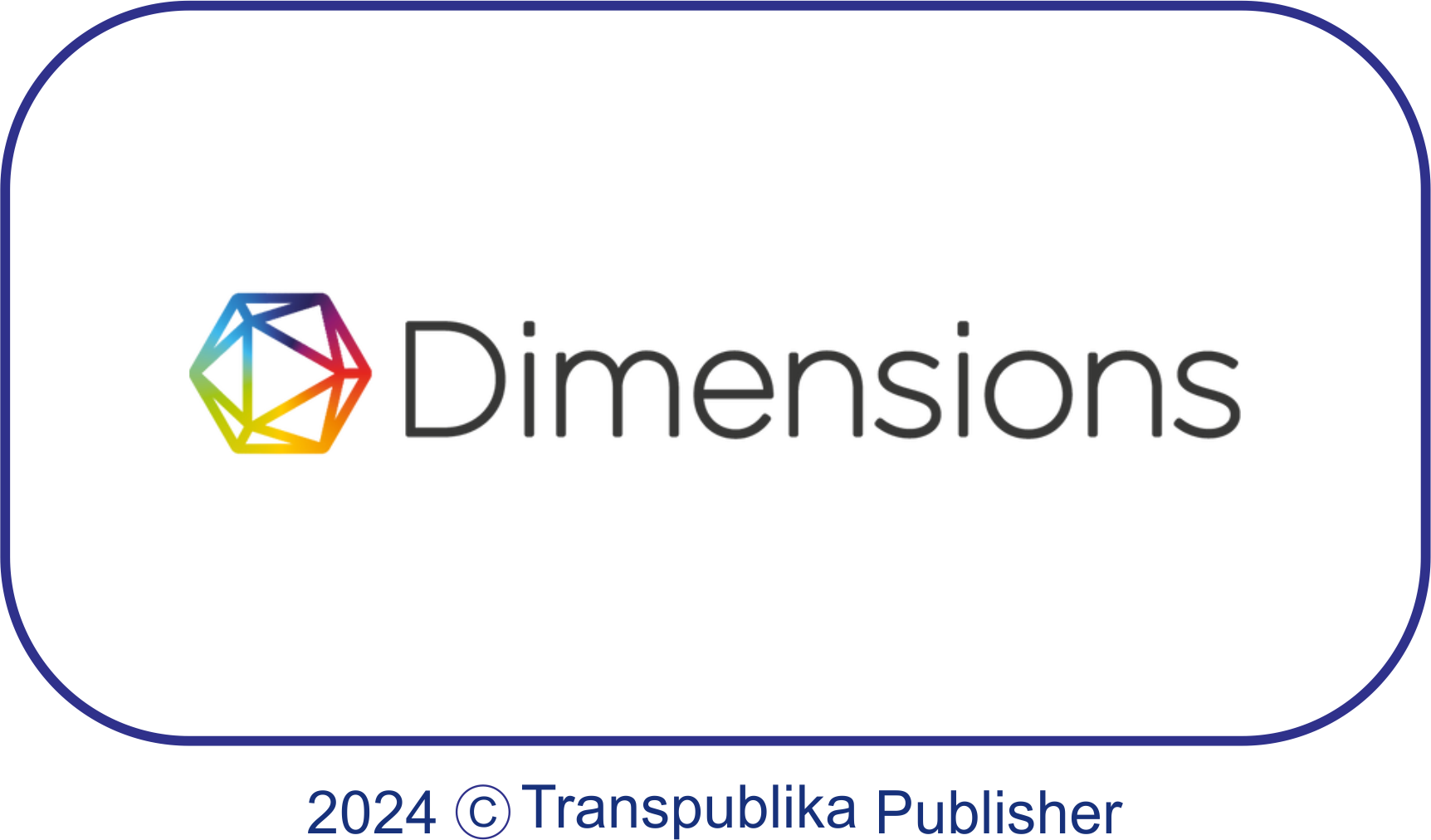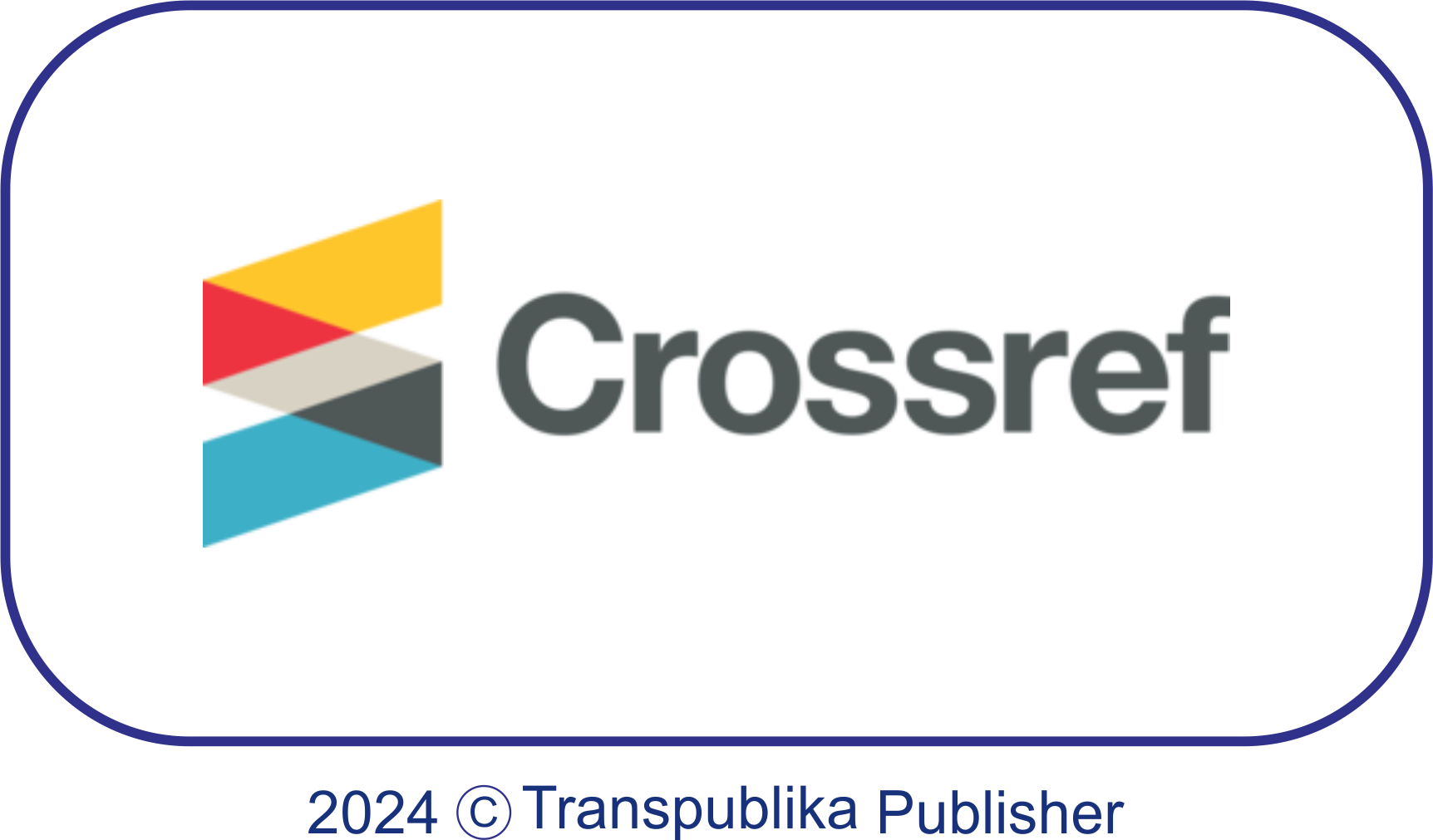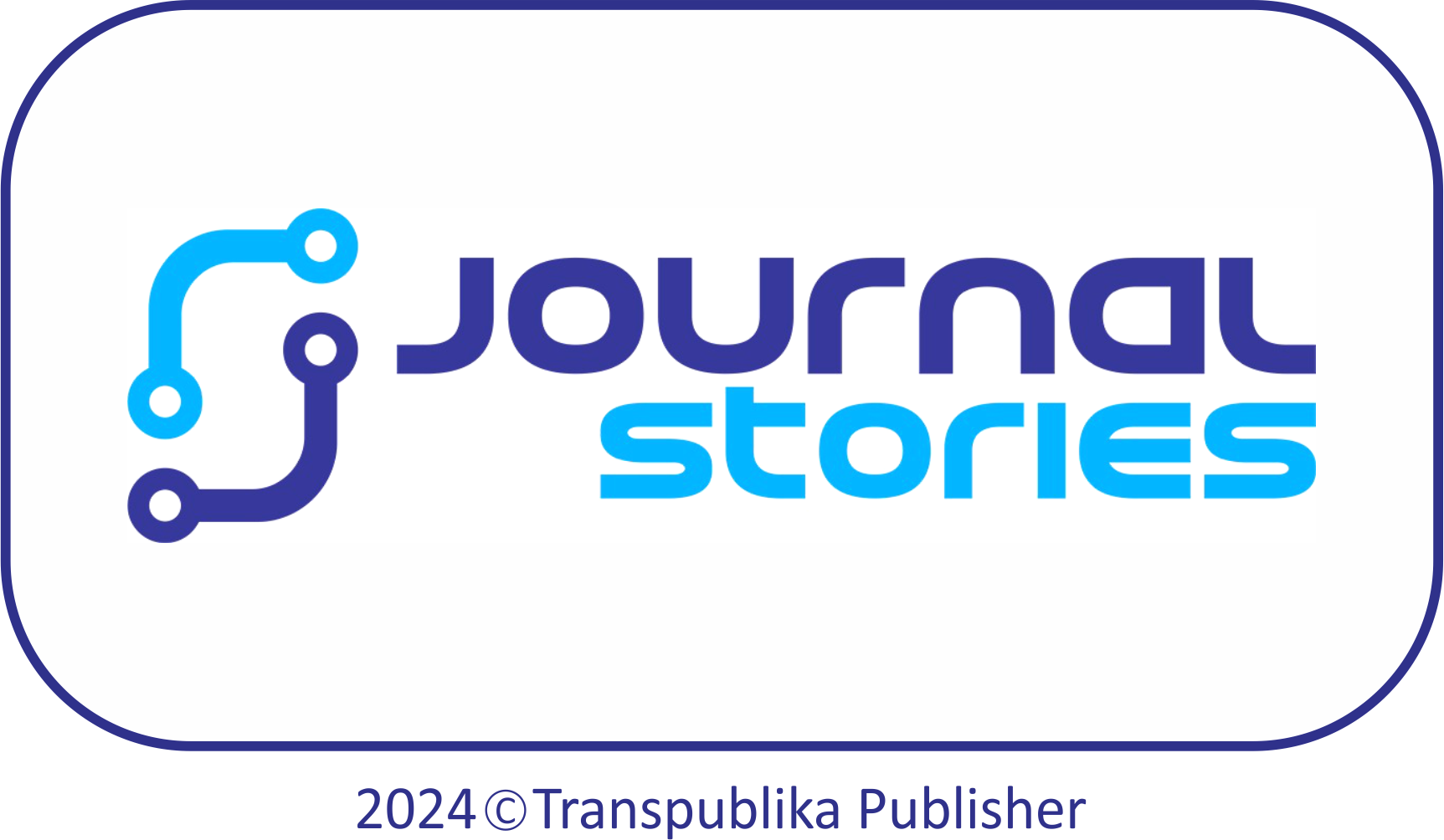PERANAN DAN PENGEMBANGAN SISTEM INFORMASI MENAJEMEN DALAM MENINGKATKAN KUALITAS PENDIDIKAN
Abstract
Management information system (MIS) is an instrument for processing, analyzing, and displaying data so that it can be used for decision making. To assist business processes, this system is a very essential tool. Management information systems (MIS) support operations, management, analysis, and general organizational decision-making processes. This article aims to find out how the functions and progress of management information systems in improving the quality of education. The results show that the SIM database and management are connected for analysis, planning, monitoring, and decision making. 1) Providing the necessary information or data for the benefit of student data, student grades, teachers, and the goals achieved by school leaders is one of SIM's roles in improving the quality of education. 2) As a decision-making room. 3) Management information systems can increase the availability of information that is disclosed in a timely and accurate manner without intermediary existing information systems 4) Become a medium for promoting school presentations 5) Provide provisions for students to follow developments both from an academic and non-academic perspective 6) Decision makers SIM development training can easily find information as material in the decision-making process.
References
Ahmad, L. (2018). Sistem Informasi Manajemen: Buku Referensi: Sistem Informasi Manajemen (Vol. 1). KITA Publisher.
Aji, F. B., & Abdurachman, E. (2011). Pengaruh Sistem Informasi Manajemen, Pelayanan, dan Kepemimpinan terhadap Indeks Kepuasan Masyarakat di Kota Tangerang. ComTech: Computer, Mathematics and Engineering Applications, 2(2), 1089–1098.
Faidlatul Habibah, A., & Irwansyah, I. (2021). Era Masyarakat Informasi sebagai Dampak Media Baru. Jurnal Teknologi Dan Sistem Informasi Bisnis, 3(2). https://doi.org/10.47233/jteksis.v3i2.255
Mulyani, S. (2017a). Analisis dan Perancangan Sistem Informasi Manajemen Keuangan Daerah: Notasi Pemodelan Unified Modeling Language (UML). Abdi Sistematika.
Mulyani, S. (2017b). Sitem Informasi Manajemen Rumah Sakit: Analisis dan Perancangan. Abdi Sistematika.
Rini, E. P., Kom, M., Saputra, D. I. S., & Kom, M. (2021). Sistem Informasi Manajemen Di Era Revolusi Industri 4.0 (Vol. 1). Zahira Media Publisher.
Simarmata, J., Romindo, R., Putra, S. H., Prasetio, A., Siregar, M. N. H., Ardiana, D. P. Y., Chamidah, D., Purba, B., & Jamaludin, J. (2020). Teknologi Informasi dan Sistem Informasi Manajemen. Yayasan Kita Menulis.
Sinen, R. (2017). Penerapan Sistem Informasi Manajemen Pendidikan Dalam Proses Pembelajaran di SMP Negeri 21 Makassar. Universitas Islam Negeri Alauddin Makassar.
Tyoso, J. S. P. (2016). Sistem Informasi Manajemen. Deepublish.
Windriya, D. R. (2013). TA: Audit Keamanan Sistem Informasi pada Instalasi Sistem Informasi Manajemen RSUD Bangil Berdasarkan ISO 27002. Stikom Surabaya.
Yuda, A., & Muludi, K. (2021). Aplikasi Perpustakaan Digital Berbasis Android Pada Perpustakan Jurusan Ilmu Komputer Universitas Lampung. Jurnal Pepadun, 2(1). https://doi.org/10.23960/pepadun.v2i1.28
Zed, M. (2014). Metode peneletian kepustakaan. Yayasan Obor Indonesia.
Copyright (c) 2023 Sagdiyah fitri andani tambunan, Muhammad Irwan Padli Nasution, Sri Suci Ayu Sundari

This work is licensed under a Creative Commons Attribution 4.0 International License.


1.png)



.png)


.png)
.png)






.jpg)








